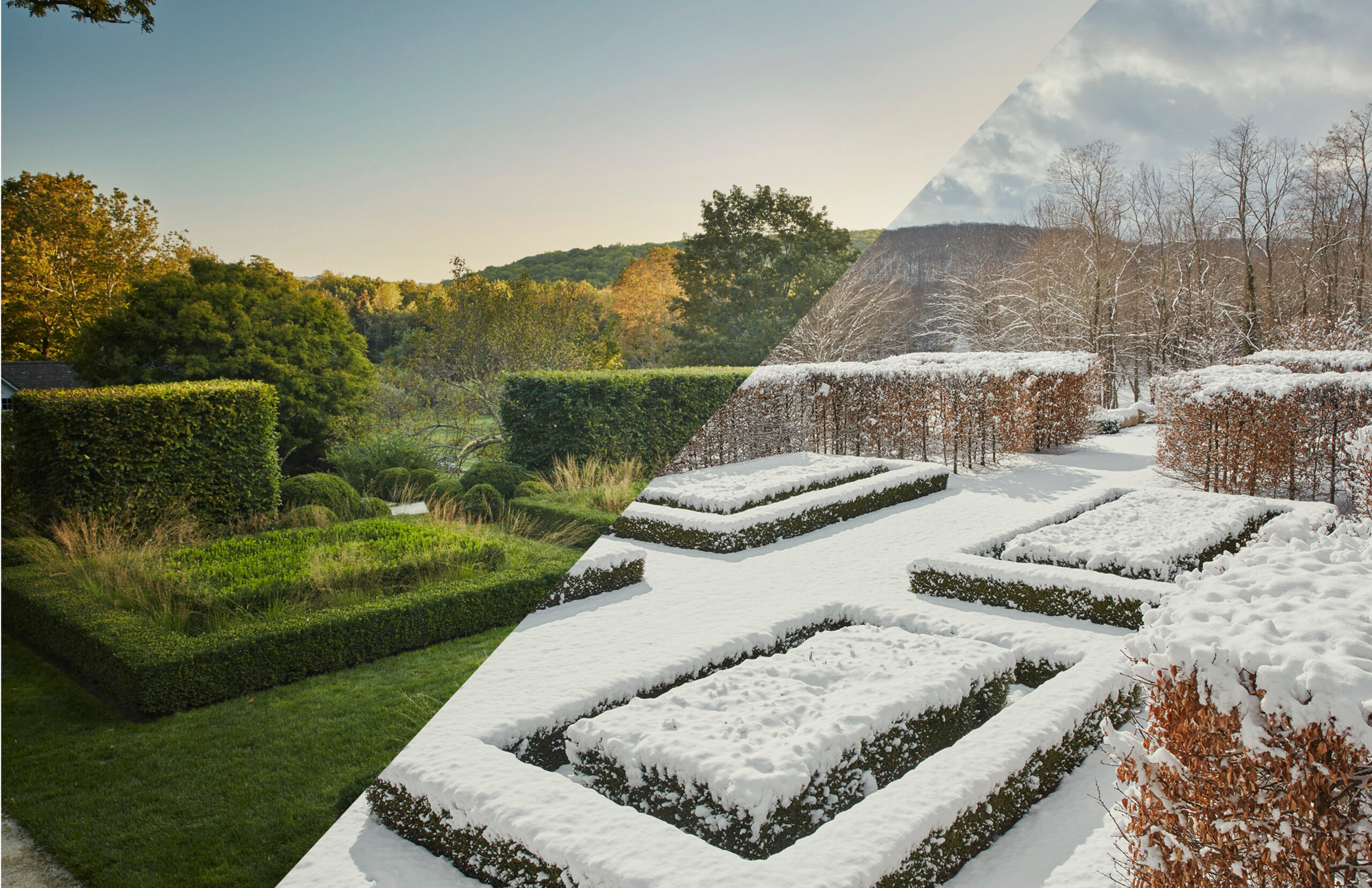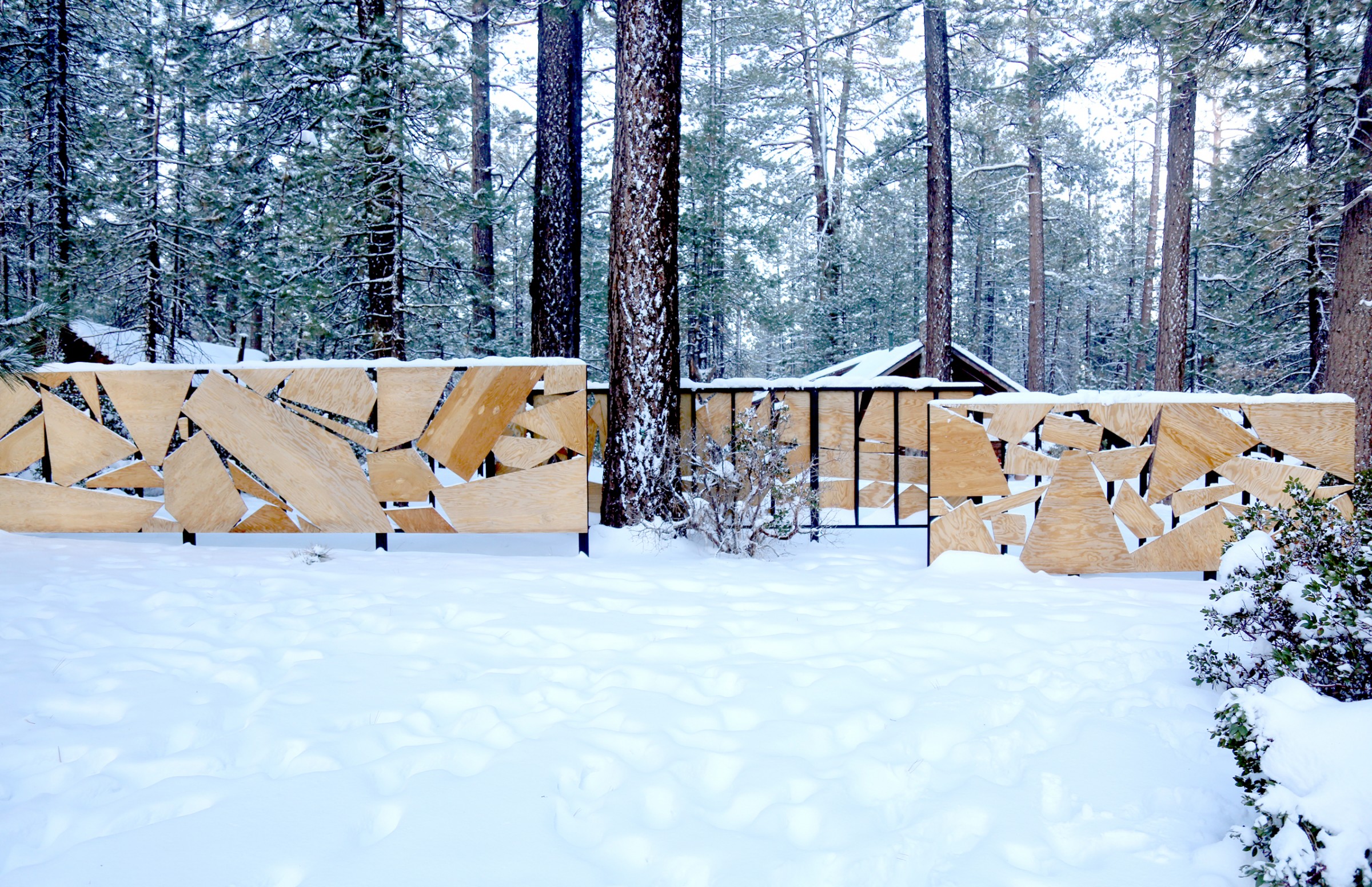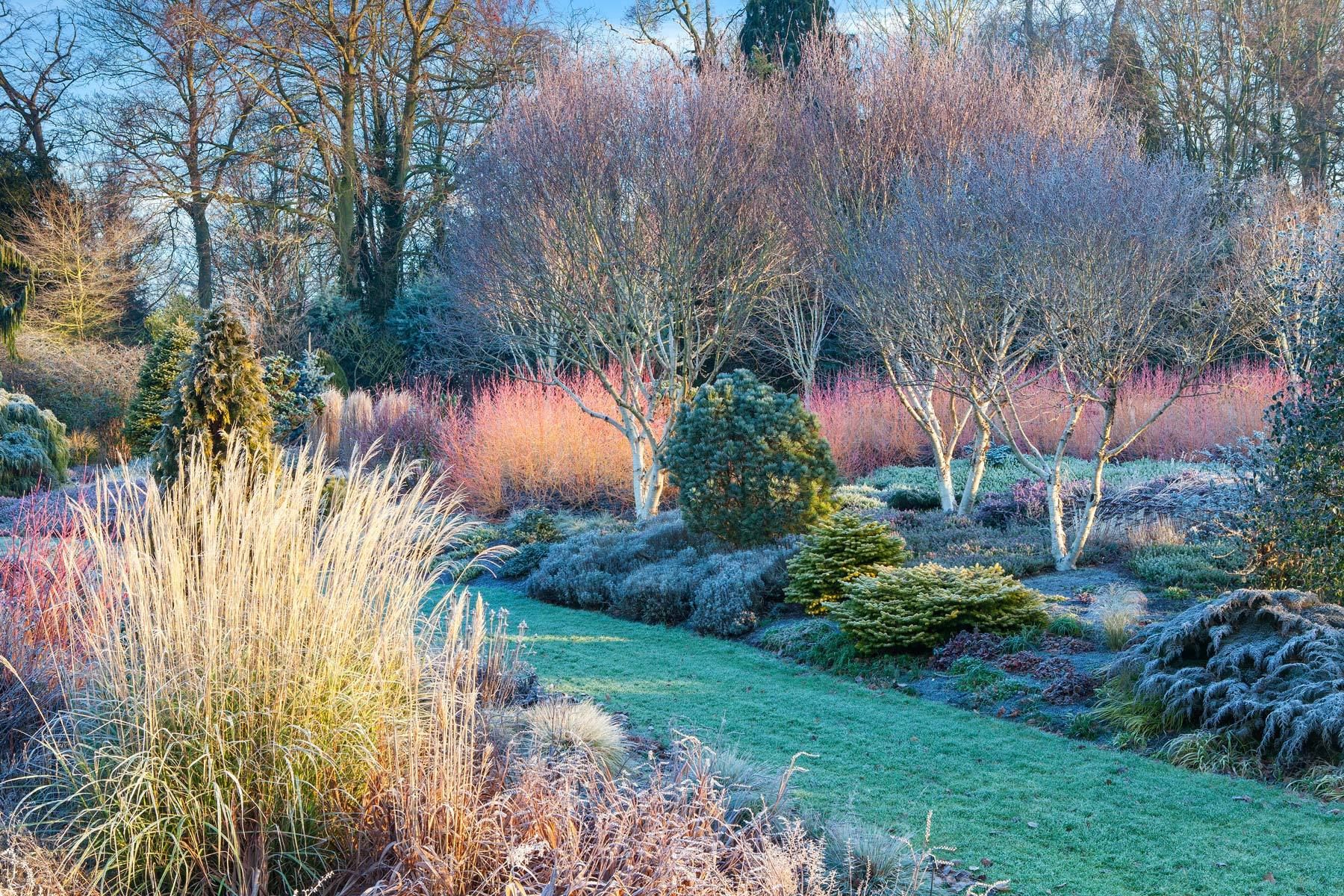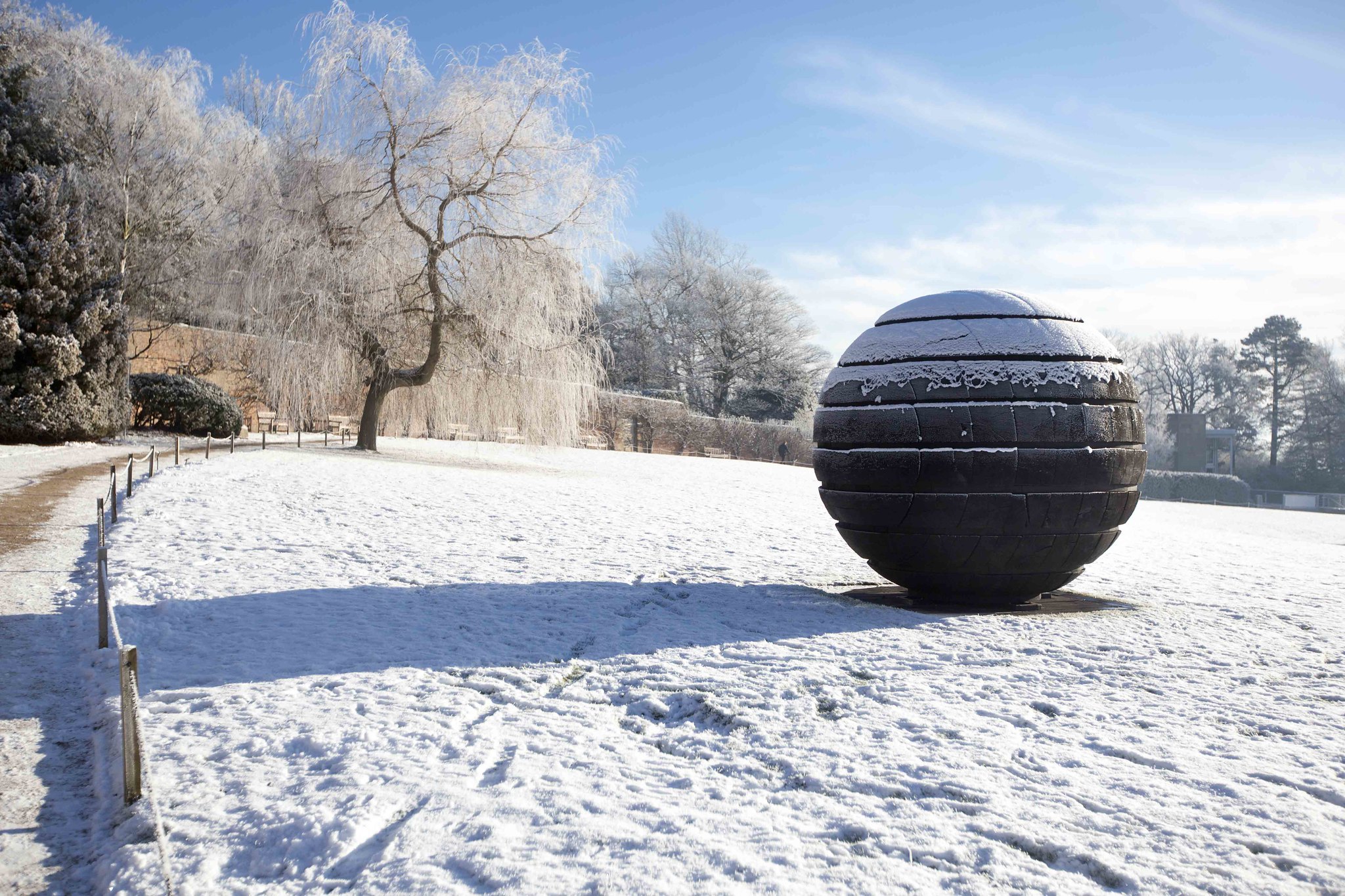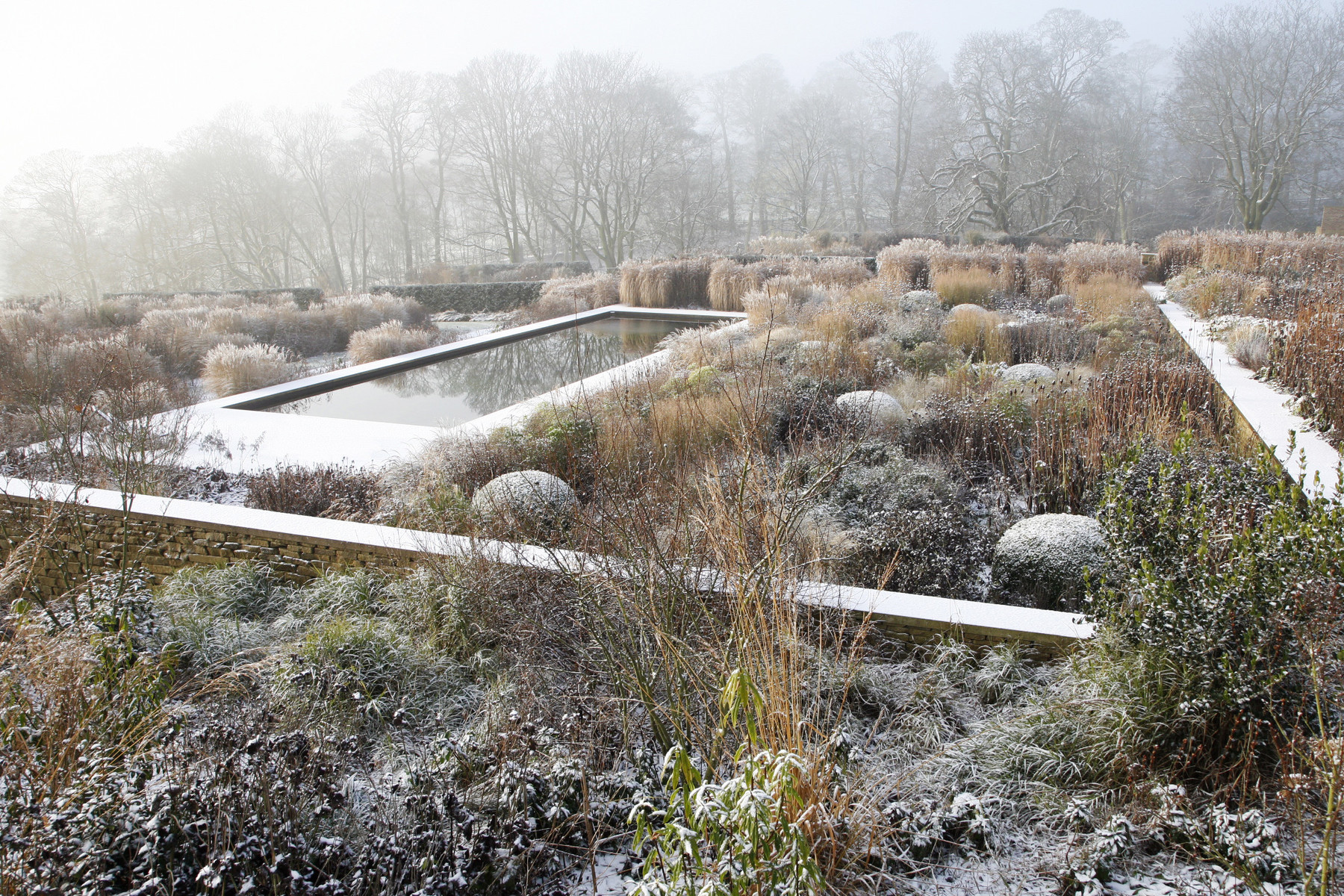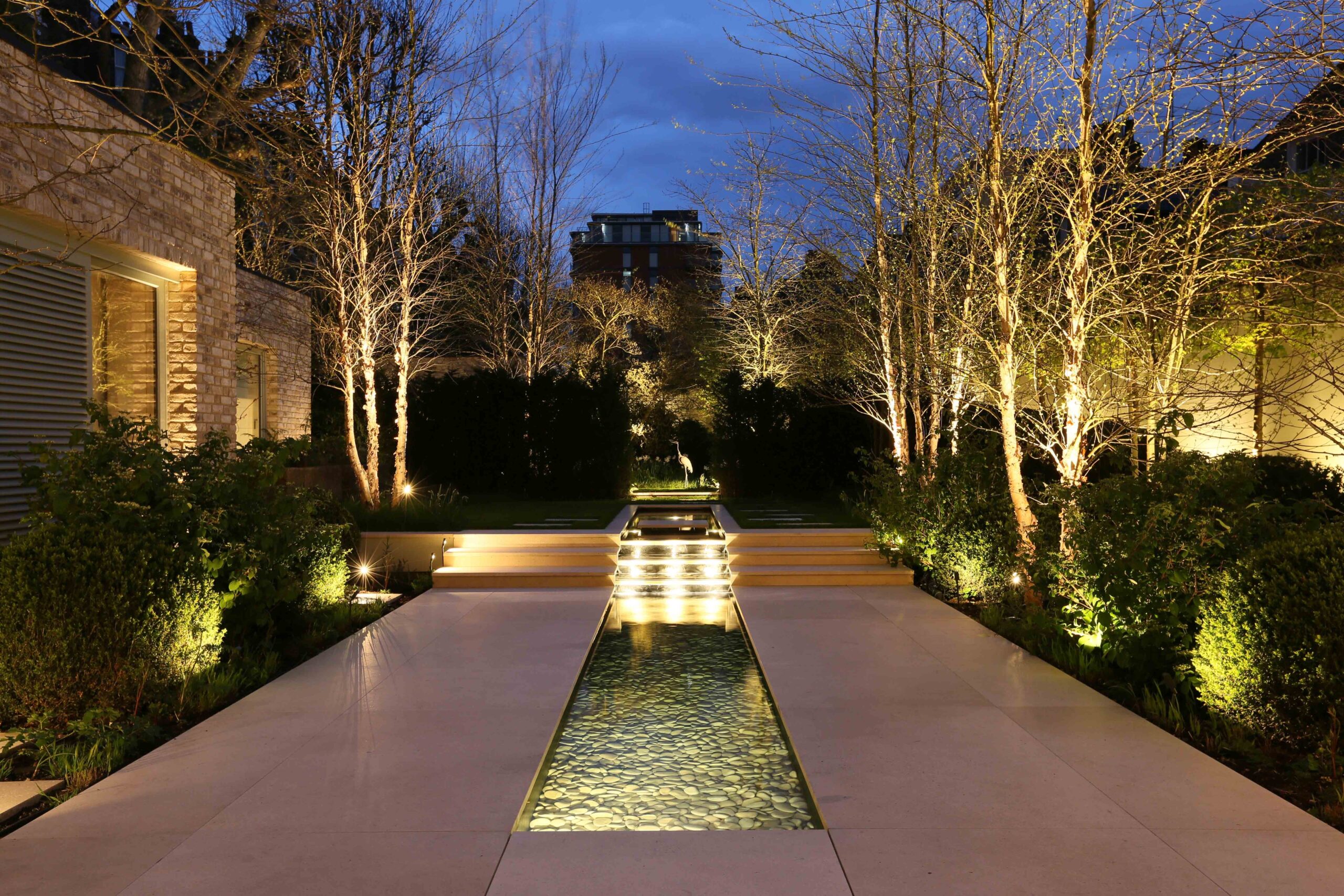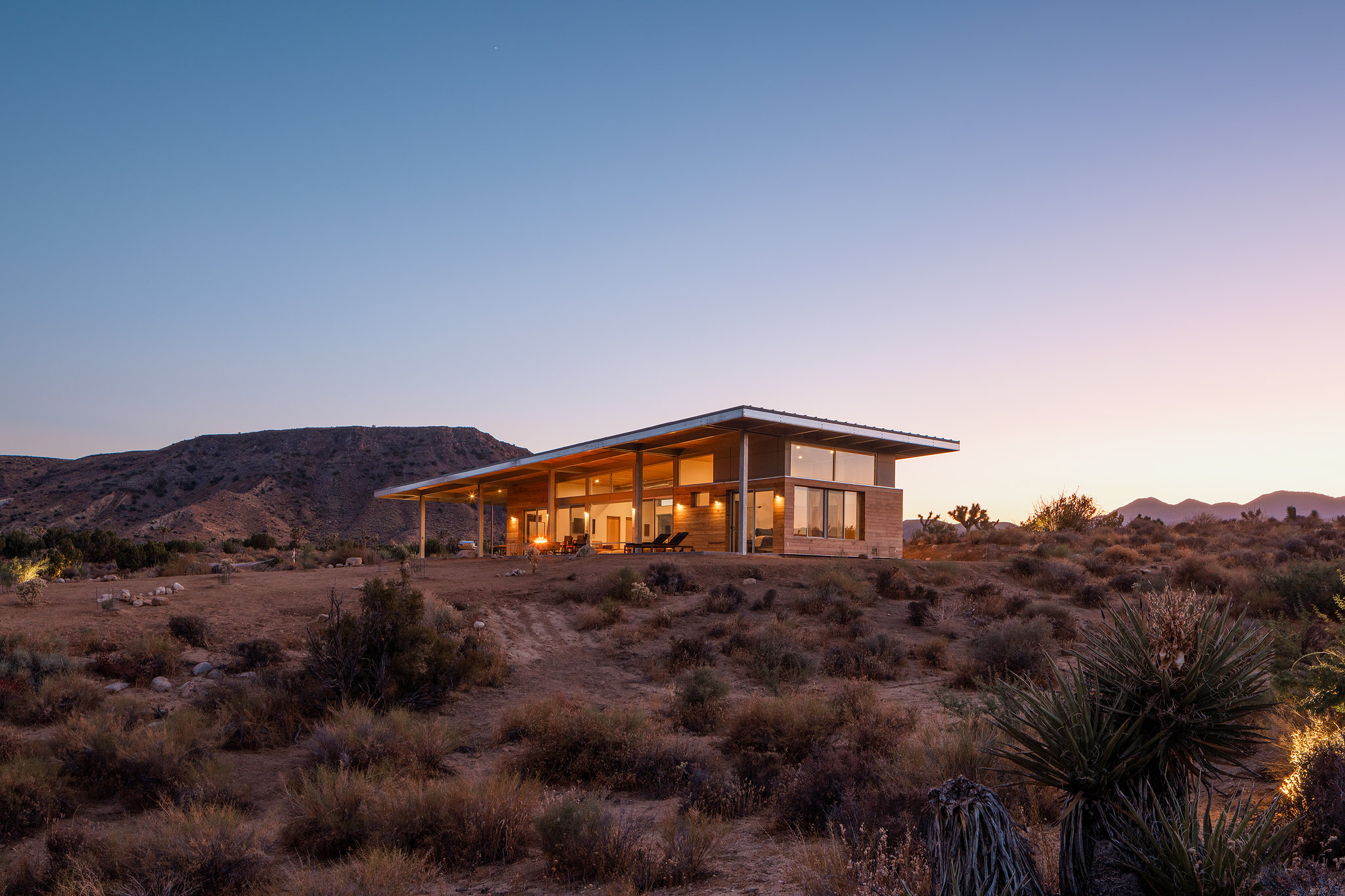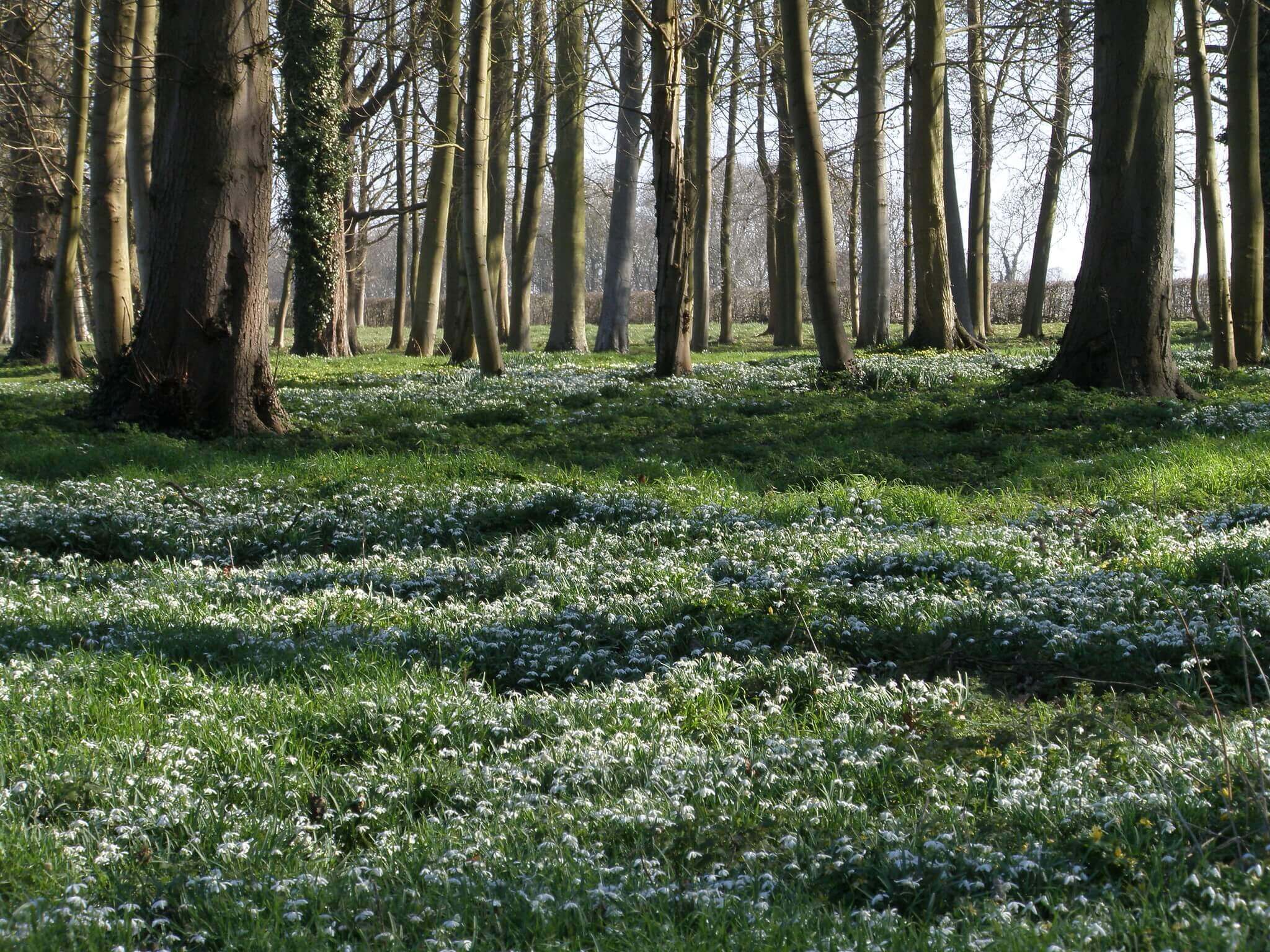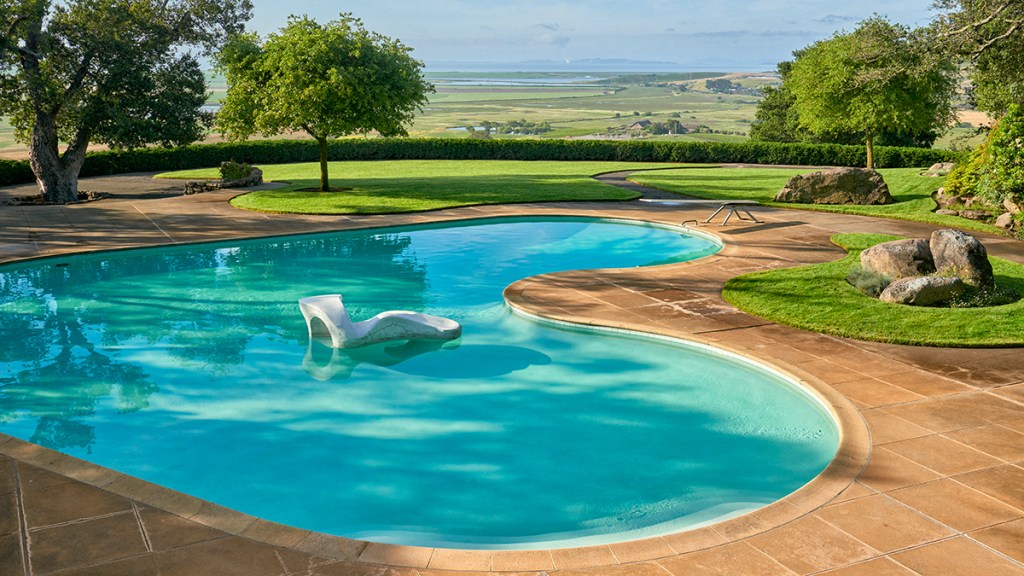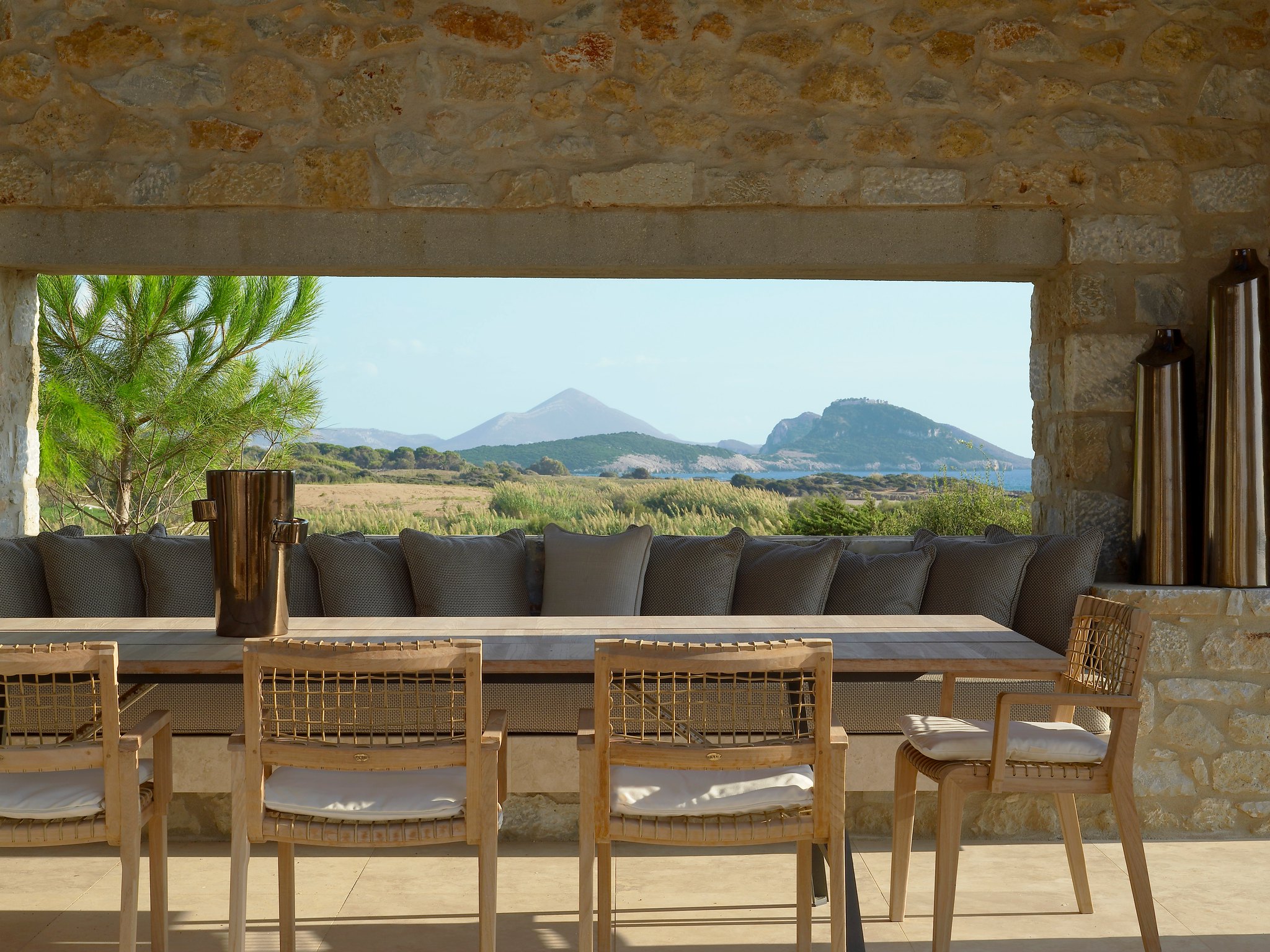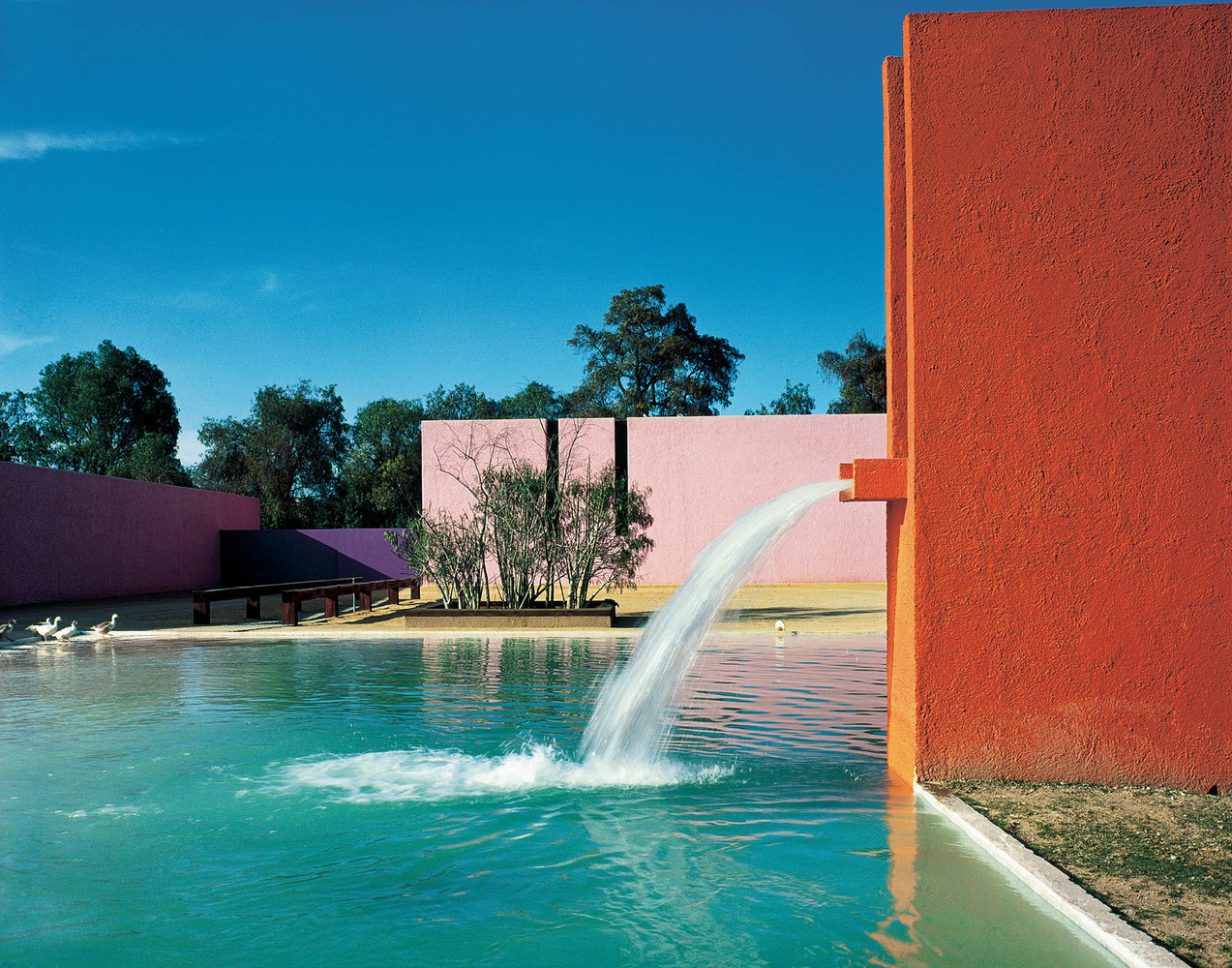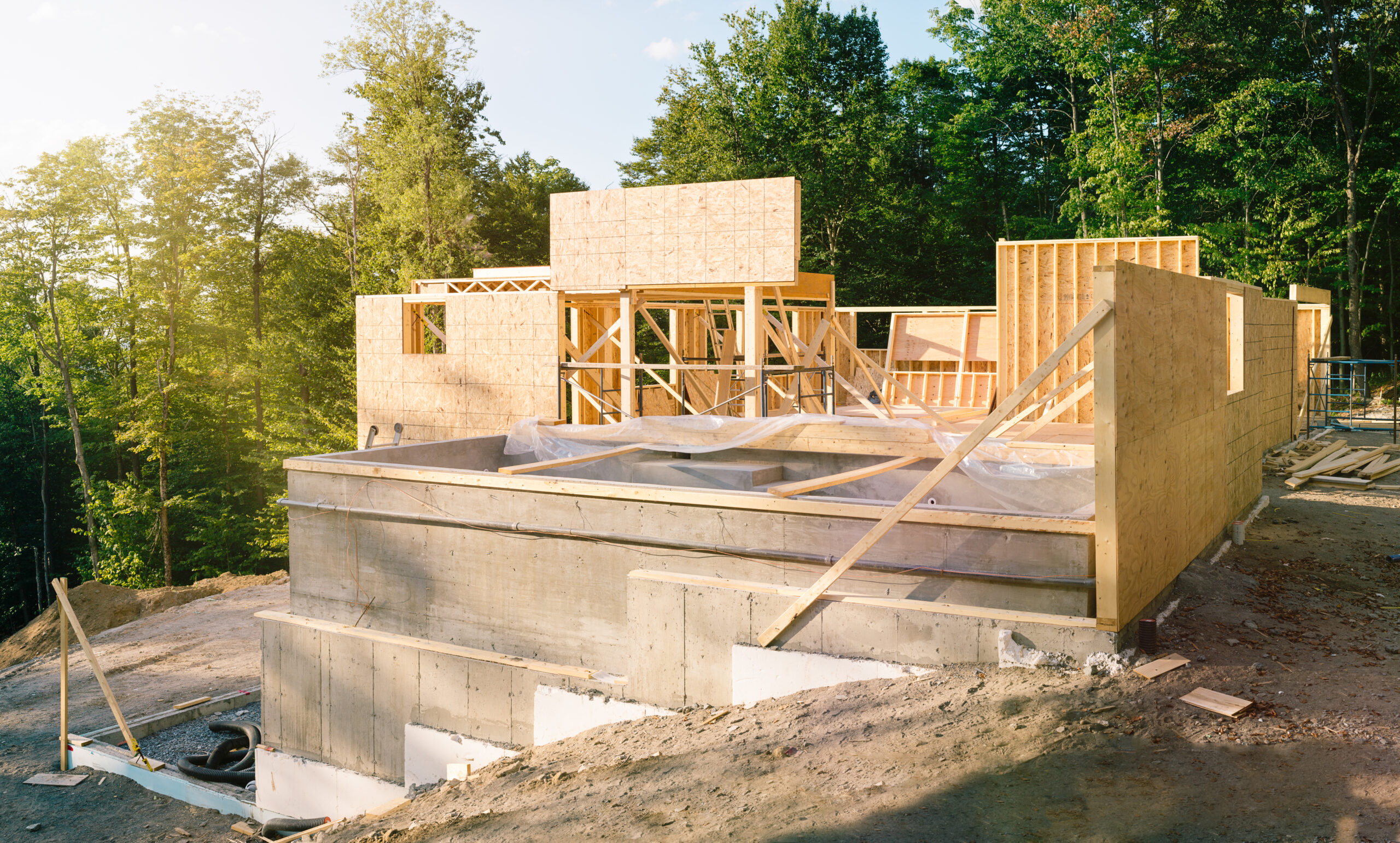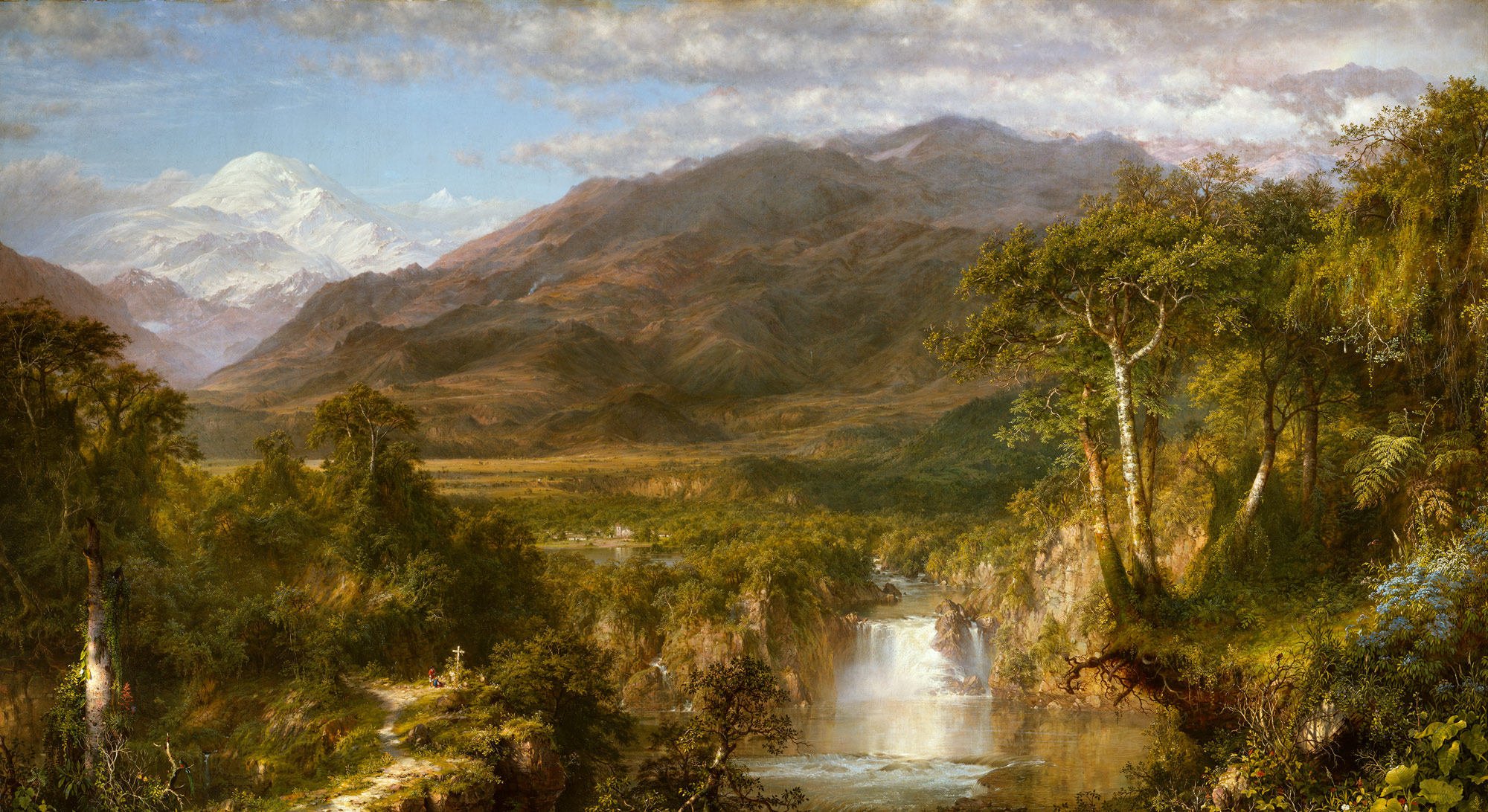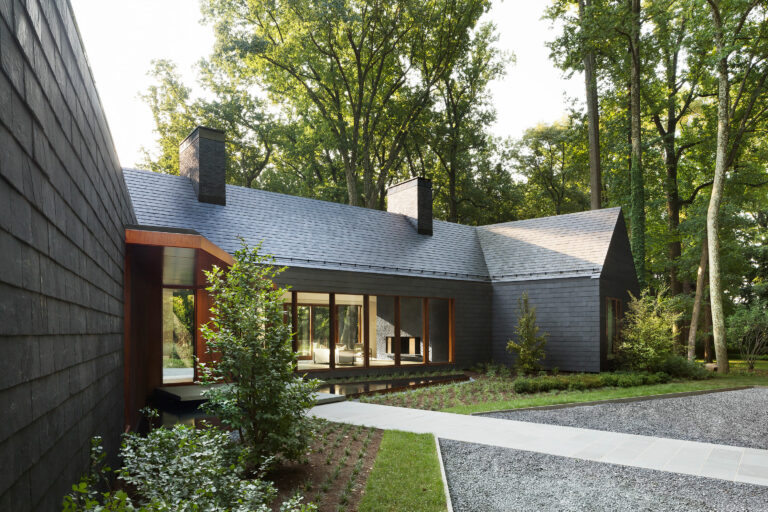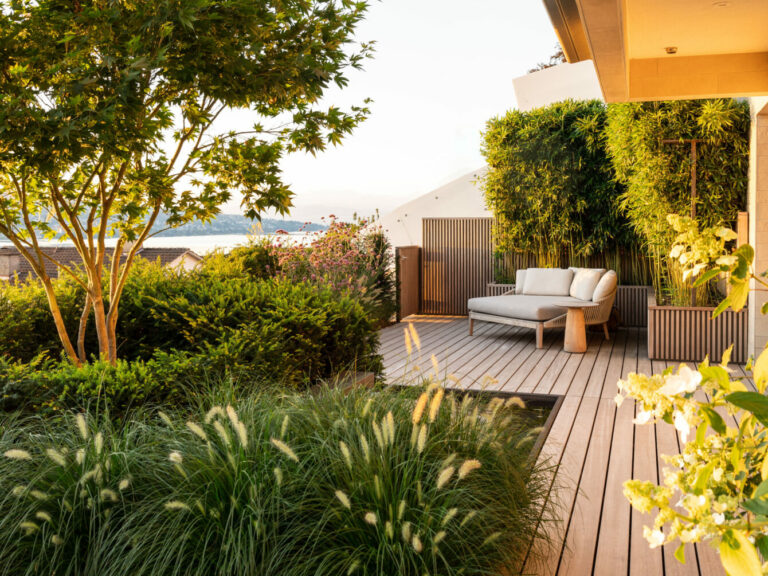Winter landscape designs are a popular choice for many households. During the winter season, many landscapes turn bare as vegetation loses foliage. This can be disappointing to some; for others, this is a time when your landscapes transform and respond as the seasons change.
If your yard is looking dull, consider adding interest to your landscape. One way to create a winter landscape that is both interesting and functional is to plant a variety of native plants. These plants will provide best quality food and shelter for the wildlife in your area.
However, plantings are not the only source to add interest to a landscape. Items like outdoor structures, art and outdoor lighting are permanent solutions to create a landscape that responds to all 4 seasons.
Winter is a magical time of year and it can be difficult for plants to survive the cold. But that doesn’t have to be the case! These tips will ensure your garden stays colorful and interesting even as the days grow shorter.
Fences
Choosing the right fence for your landscape is an important step in creating a beautiful outdoor living space. There are several factors to consider, including the location, the cost, and the aesthetic. Using the right fence can enhance the beauty of your landscape, and keep your garden safe in the winter.
In addition to a fence creating a backdrop to your garden beds, they are a great way to break up large flat areas and add a distinctive element to your landscape.
While many think fences serve two purposes, security and looks, other fences could serve as a barrier to prevailing cold winds. Snow fences are deliberately placed within the landscape to create snow drifts and limit the amount of snow areas get.
When installing a fence, consider the material of the fence and how snow or other elements like leaves trap or hold on the material. Fences can be made of wood, steel or aluminum but choose a style and material that adapts to the environment and your home.
Interesting Bark
If you’re looking to add some interest to your landscape in winter, one of the things you’ll want to consider is the trees’ bark. Many ornamental trees have interesting bark that makes a big impact in the winter landscape, but consider trees with peeling, exfoliating or spotted bark to create a stunning focal point in your yard.
Other than adding to your winter landscape, interesting bark can also add variety to your planting. One of the best-known examples of a tree with interesting bark is the Paperbark Maple. This tree grows in zone 4 to 8 and its bark peels in long, irregular strips. The bark reveals a cinnamon-colored interior layer that stands out against a background of dark green evergreens and sheds cinnamon-colored bark all winter.
Another popular ornamental tree with bark that is both interesting and beautiful is the Birch tree. These trees are extremely hardy, and their white bark has been used by indigenous people to make baskets. Several species of birch are cultivated as ornamental plants, including the river birch. A few of the most common varieties are Heritage, Rivercrest, and River Birch.
There are many different types of bark, ranging in color and textures. The bark of a tree can be overlooked by selecting plants with colorful foliage or bright colored flowers, but as the leaves fall during winter, bark is one of the main features of a winter interest landscape.
-
Sale!

Walker Edison GZAN4PCBRB Paje Lounge Sets, Brown
$ 1,085.00Original price was: $ 1,085.00.$ 674.00Current price is: $ 674.00. Learn More -

Roccbox Pizza Oven by Gozney | Portable Outdoor Oven | Gas Fired, Fire & Stone Outdoor Pizza Oven – New Olive Green
$ 499.00 Learn More -

Outdoor Solar Powered Floor Lamp 2 Piece Different Size Modern Outdoor Decor Lanterns with Edison Bulbs Waterproof Solar Light for Patio,Pool, Lawn, Porch, Garden
$ 89.99 Learn More -

Jaxx Juniper Outdoor Bean Bag Patio Chair, Navy Stripes
$ 169.99 Learn More
Outdoor Art and Sculptures
In a yard, sculptures can be a great way to create a constant focal point that does not change with seasons and makes a huge impact on the appearance of your landscape.
Before choosing a piece, make sure it fits your home and landscape. You can choose a piece that reflects your personality or a favorite hobby. It can be as abstract or realistic as you’d like. The size of the art piece can make a huge difference in how the space looks.
If you have a large outdoor space, a hefty piece of sculpture is the way to go. But if you’re limited on space, a smaller sculpture is a nice touch. Smaller pieces will draw your eyes closer to the sculpted detail.
Whether it’s a reflective, transparent or opaque statue with a bright colored finish, outdoor art can immediately add interest to a winter landscape. A well-placed sculpture will enhance the beauty of your property and increase its value.
Ornamental Grasses
Ornamental grasses are a great addition to your winter garden. They provide texture, sound and color, adding visual interest. You can use them in the front of your borders, as screening or in a rock garden. These drought-tolerant plants can be mixed with other bold, colorful plants to add drama to your winter landscape.
Most ornamental grasses go dormant in winter, but some are evergreens. These are ideal for planting in the back of a border, and others can be used in a prairie. Grass-like plants are also well-suited to indoor container arrangements. However, they require monthly watering.
In warmer areas, these grasses should be planted six to eight weeks before the first frost. They will begin to grow after a few months, and then form a strong root system. Depending on the species, they can last for two or three years.
Several ornamental grasses provide food and shelter for birds. Those that produce seed stalks, often bloom with wispy flowers. The seeds are a favorite of many bird species.
Some ornamental grasses are invasive in some parts of the country. If you are concerned about the presence of rodents or other animals, be sure to remove dead material before the ground freezes. Alternatively, you can mulch them before the cold season arrives.
Lighting
Landscape lighting is a great way to add winter interest to your landscape. At this time of year, many people think about illuminating their gardens or even the front of their house. However, it is important to remember that landscape lighting requires planning and designing.
If you are interested in enhancing your winter landscape, you may want to think about using low voltage lights. These types of lights create a warm and romantic ambiance and can also highlight unique features of your garden.
You can also use landscape lighting to illuminate your driveway or pool. Such lights can make a huge difference illuminating expansive areas of your landscape that typically appear black. Additionally, lights can be hung from a pergola, fences, or placed on the branches of tall trees to enhance your landscape.
Landscape lighting is a great way to increase the value of your home and extend the interior space into the exterior. Outdoor lighting can be used during any month of the year, but during winter months, lighting is used to give a more dramatic look at night.
